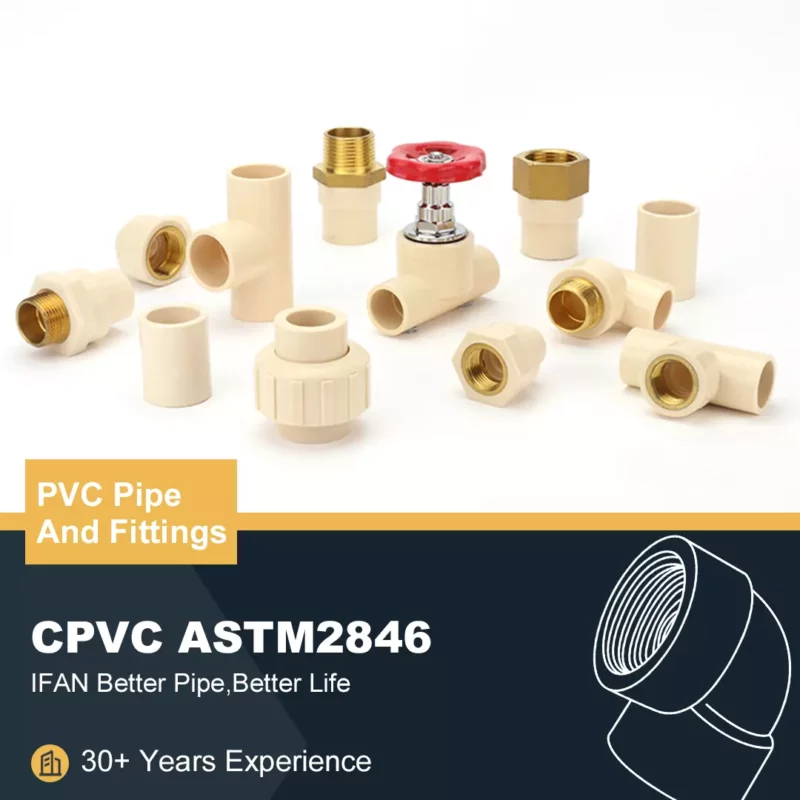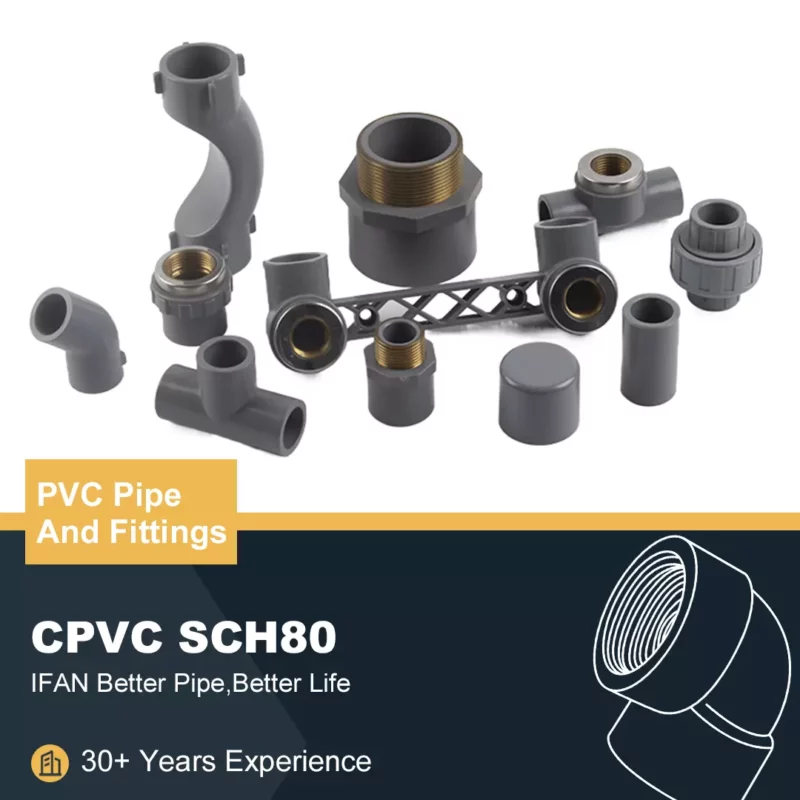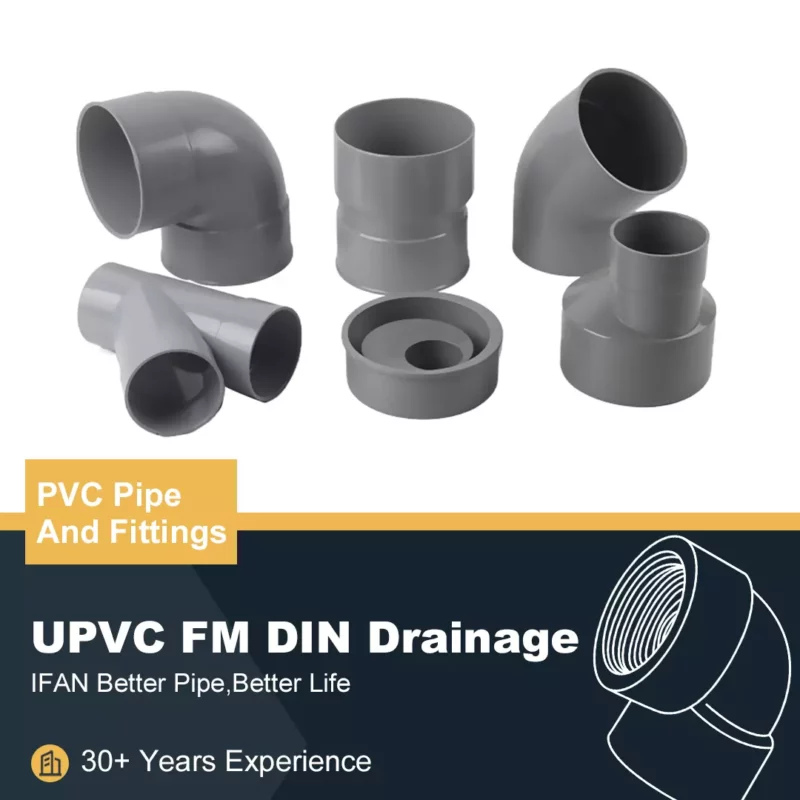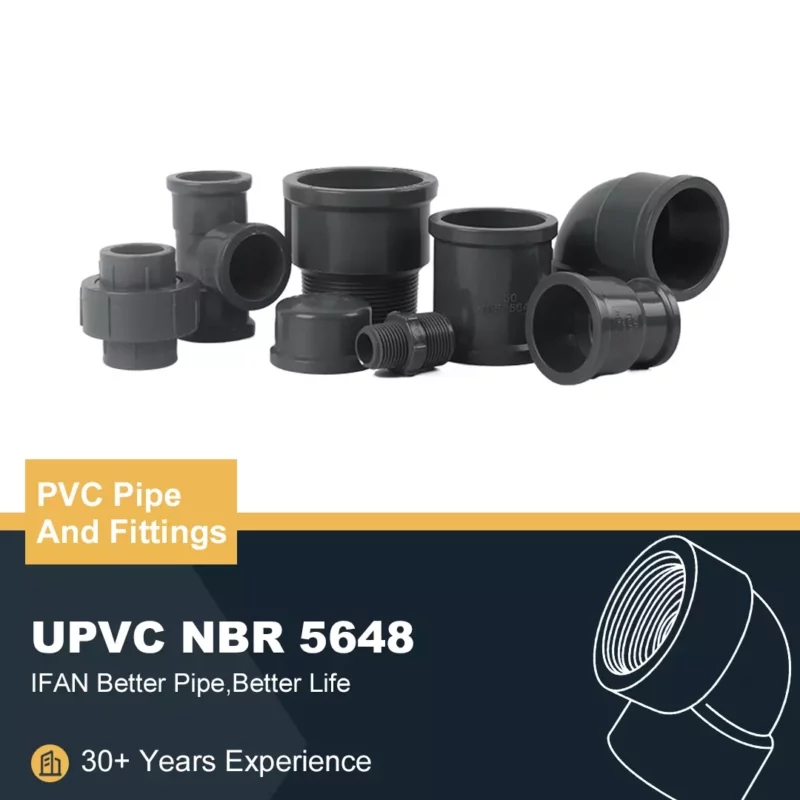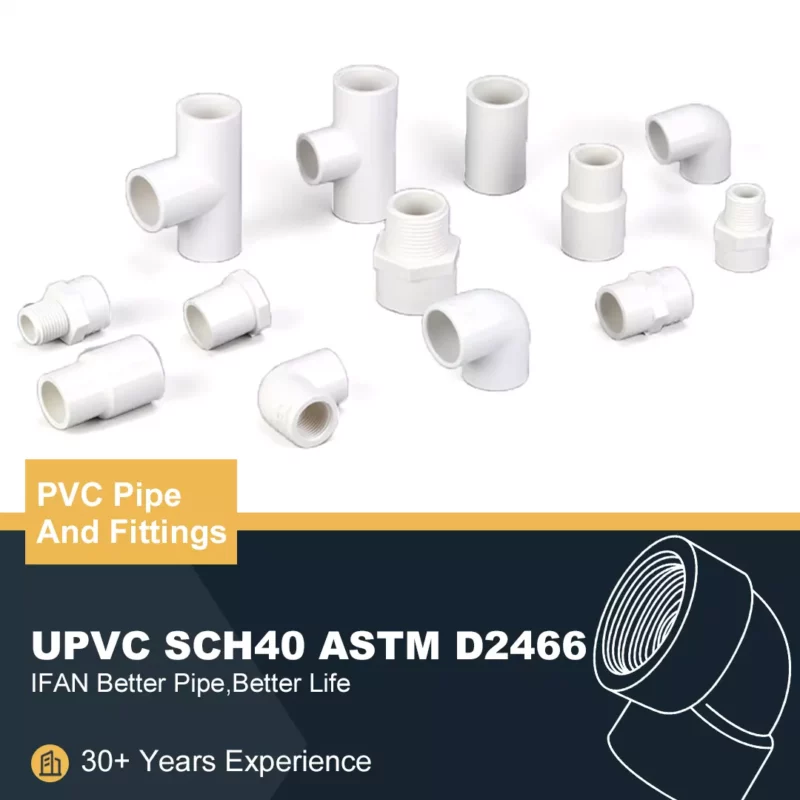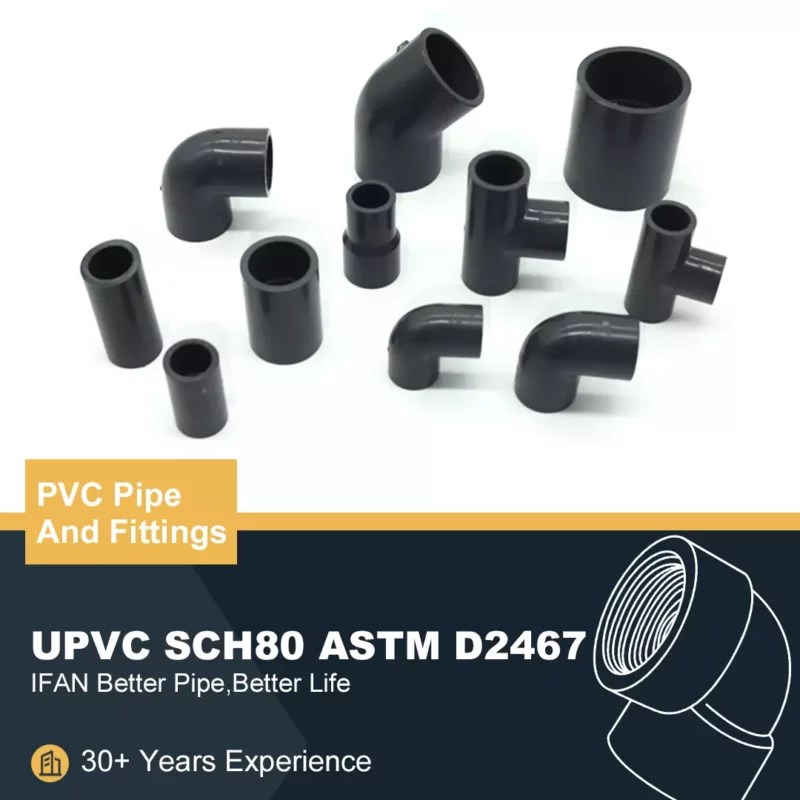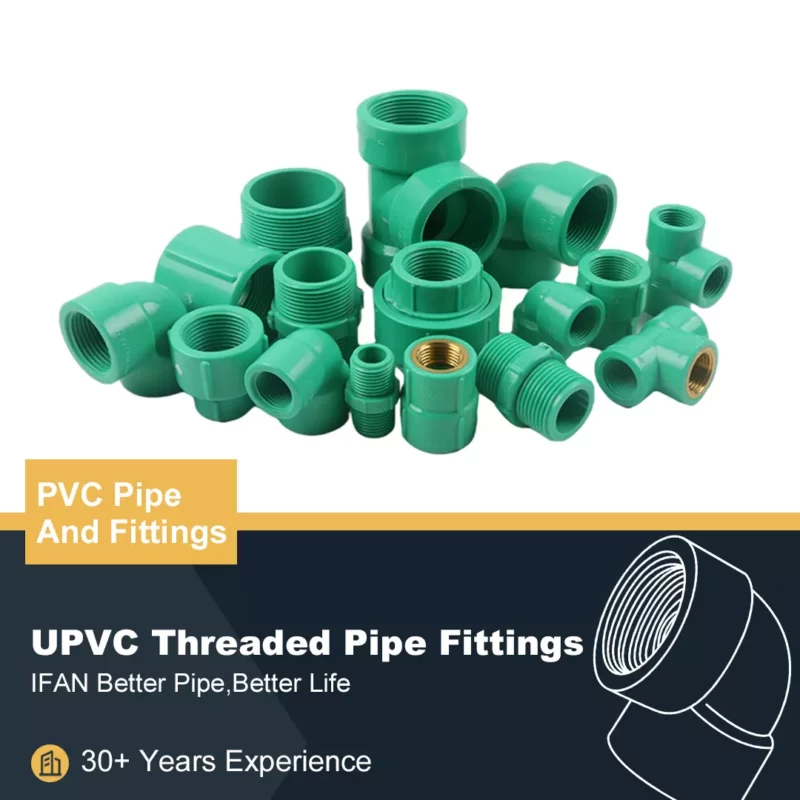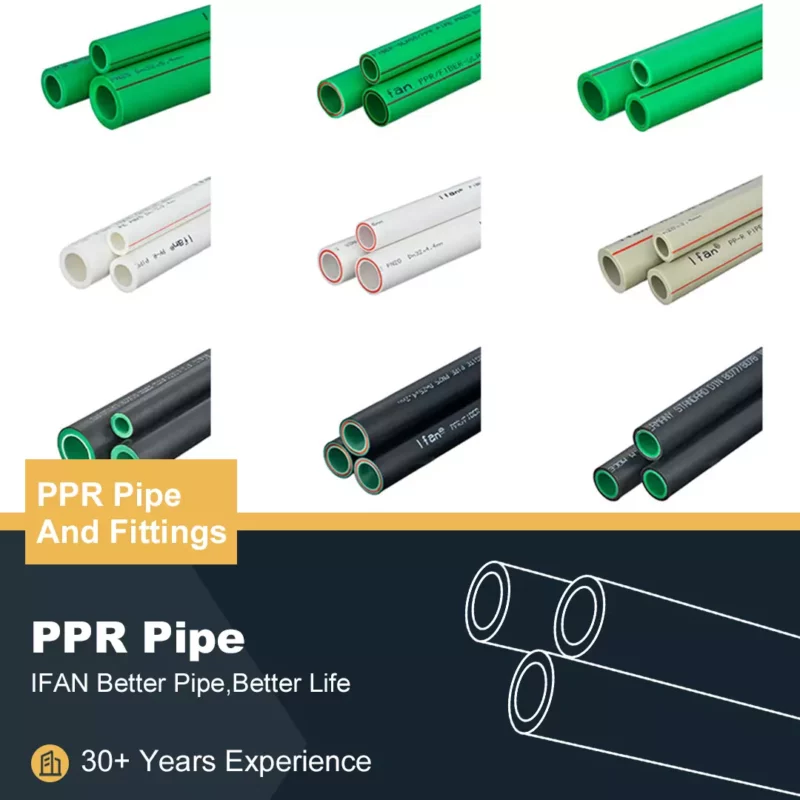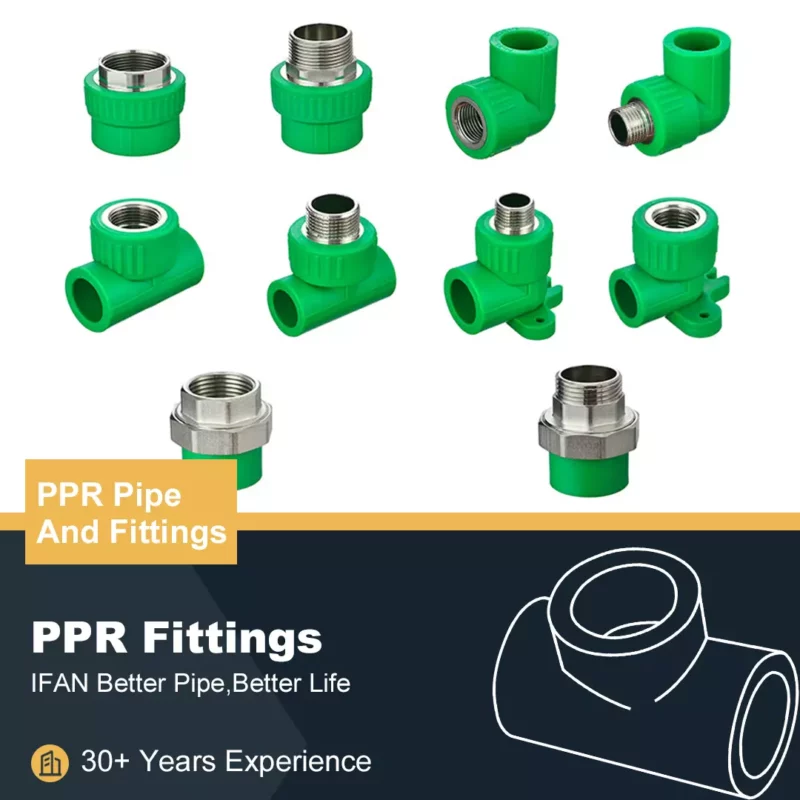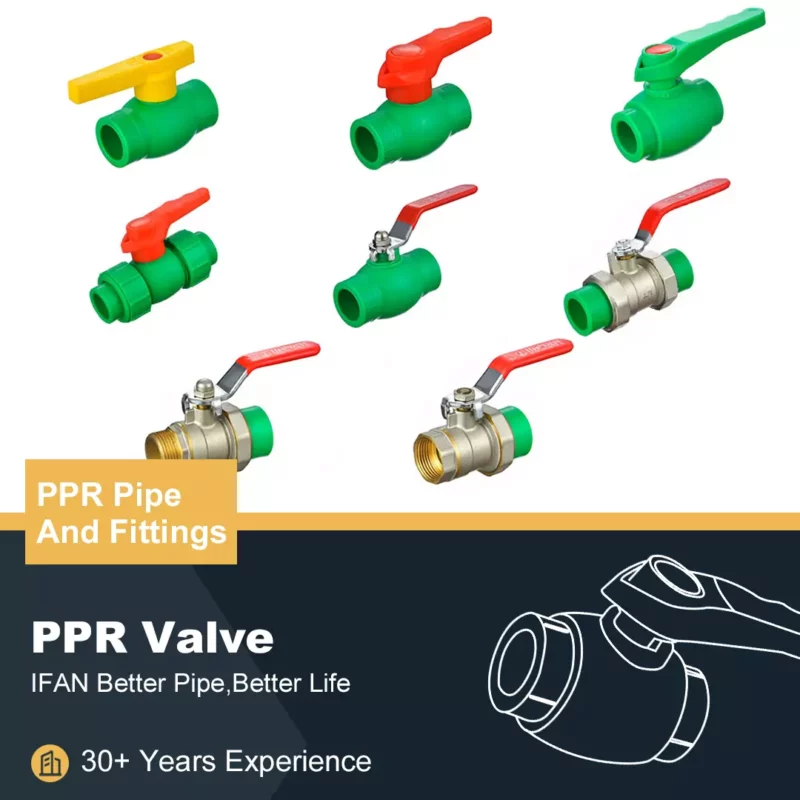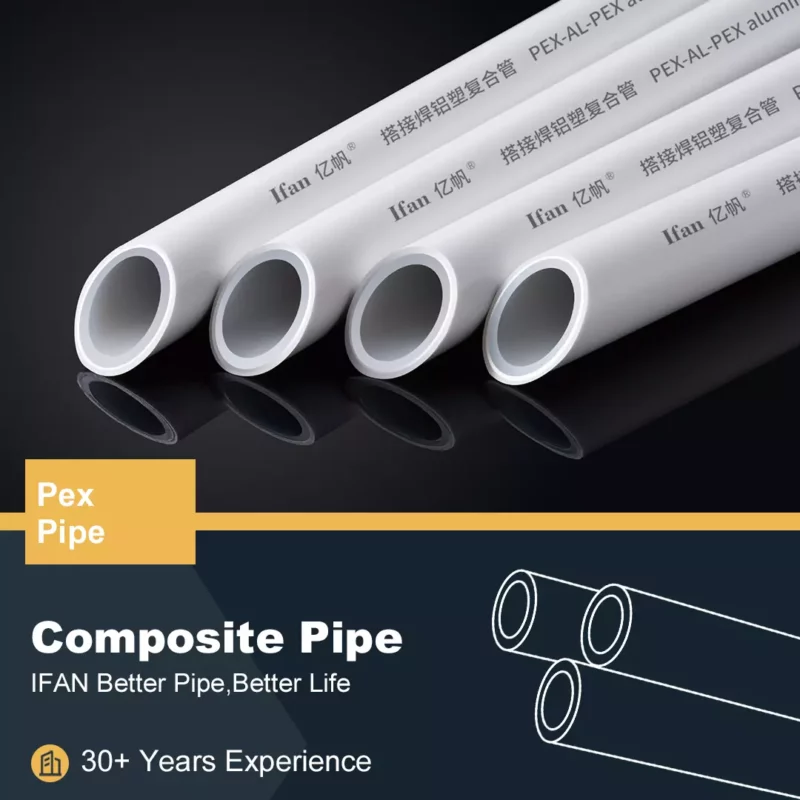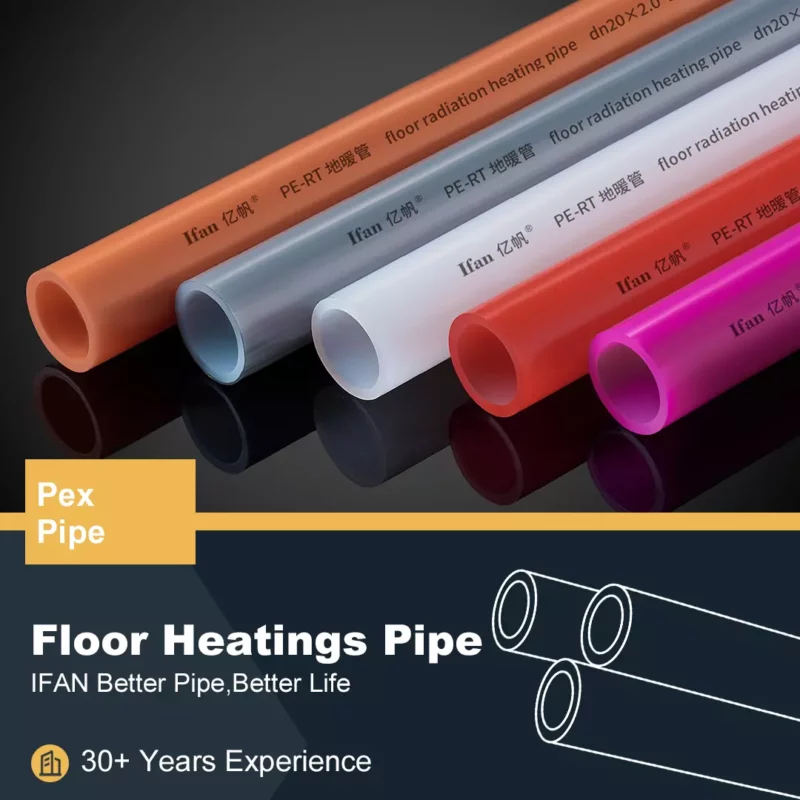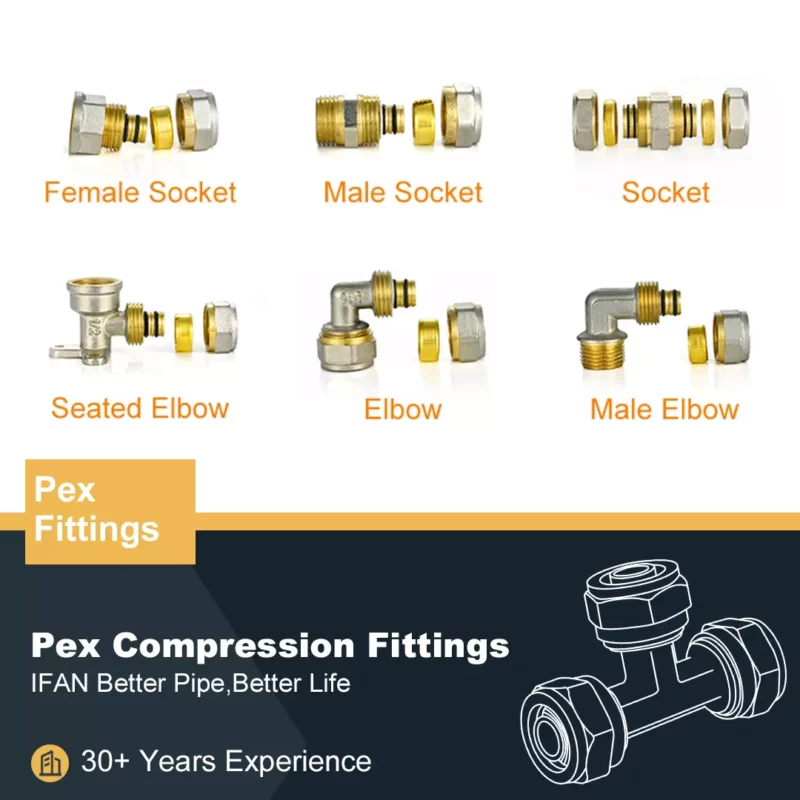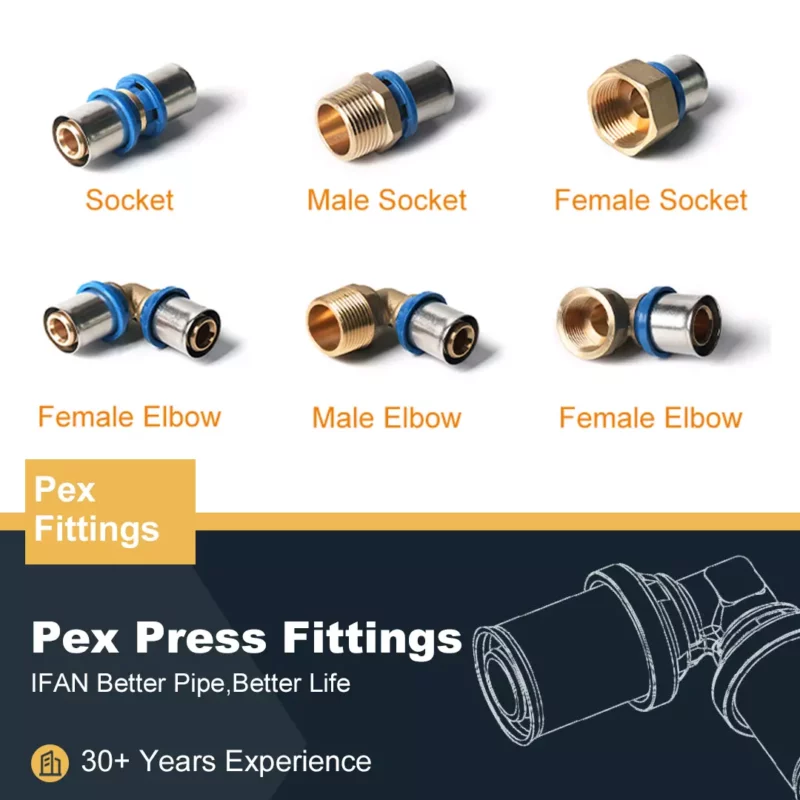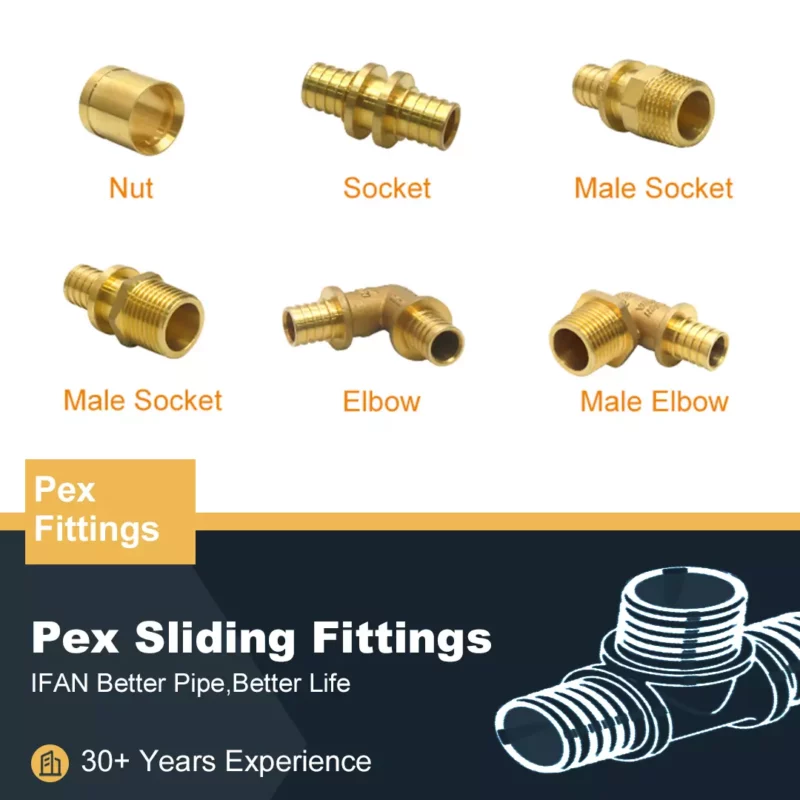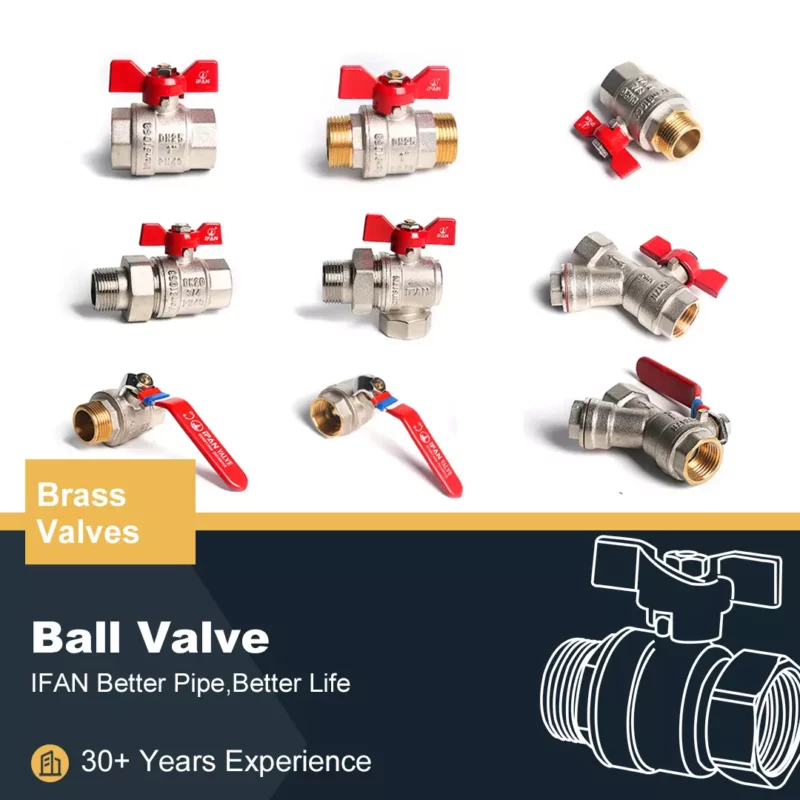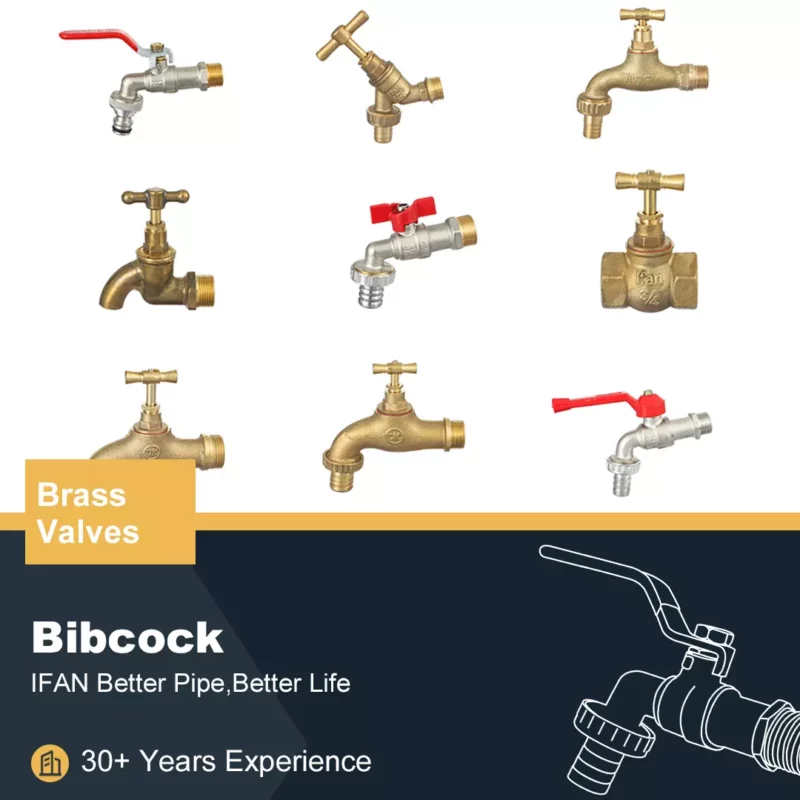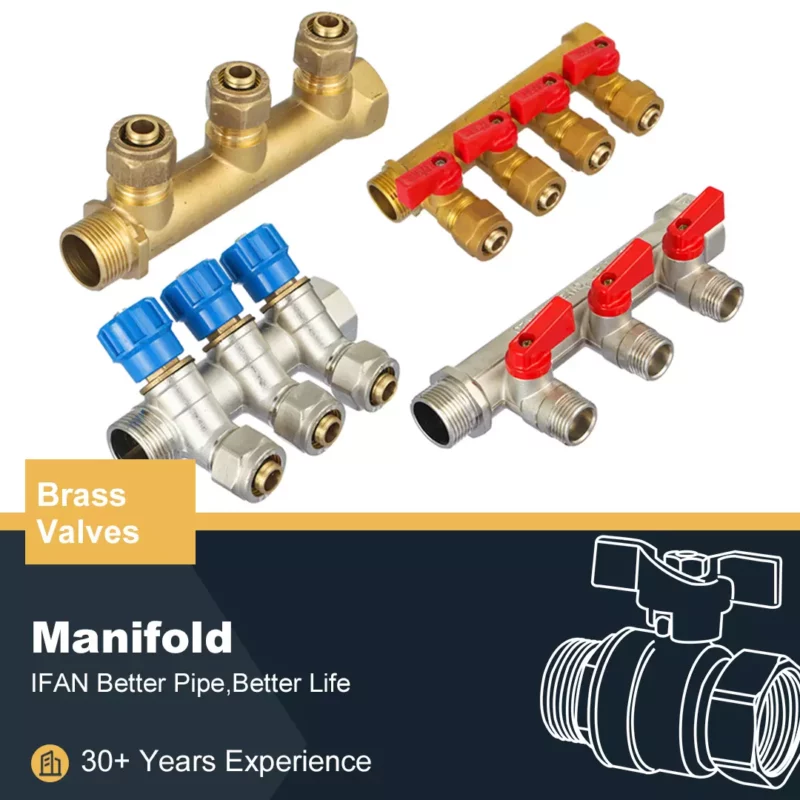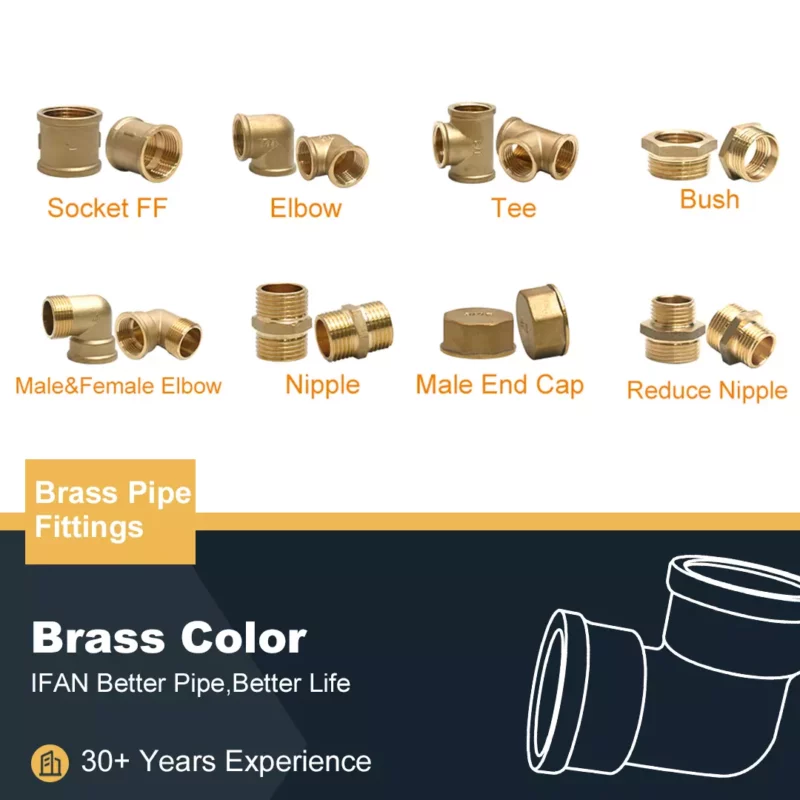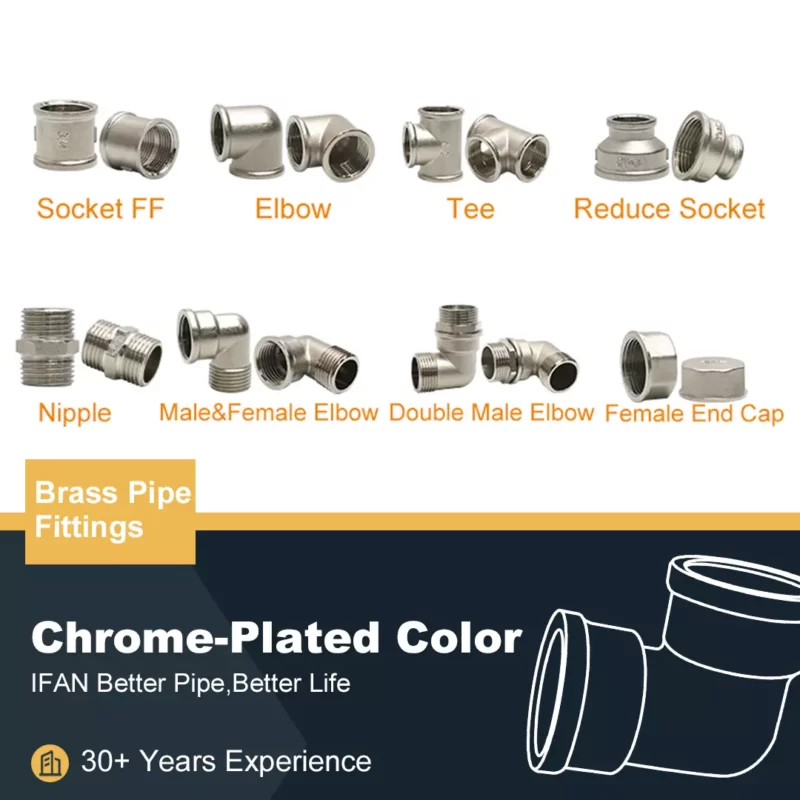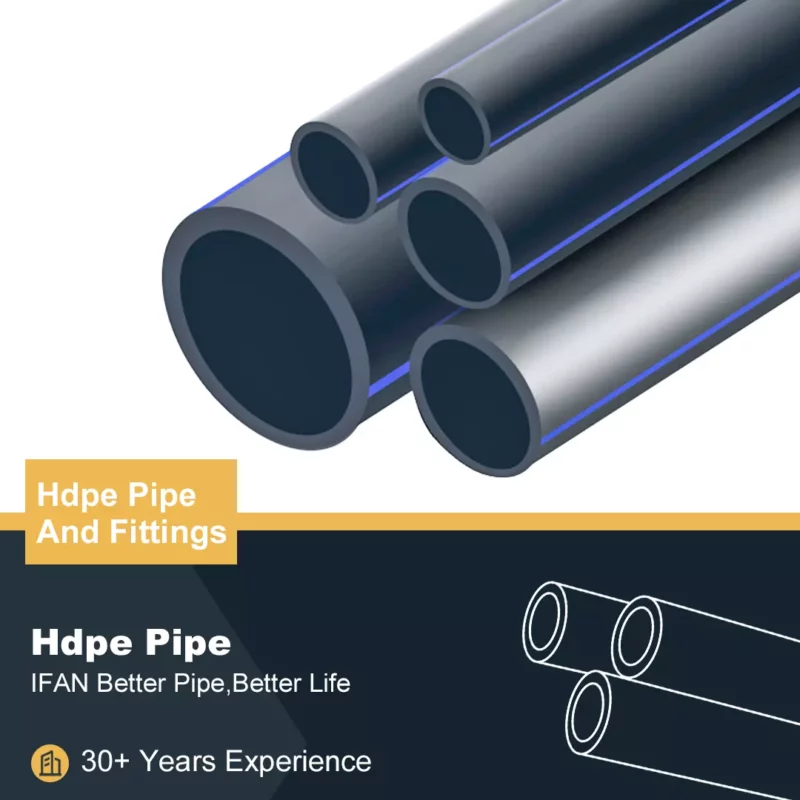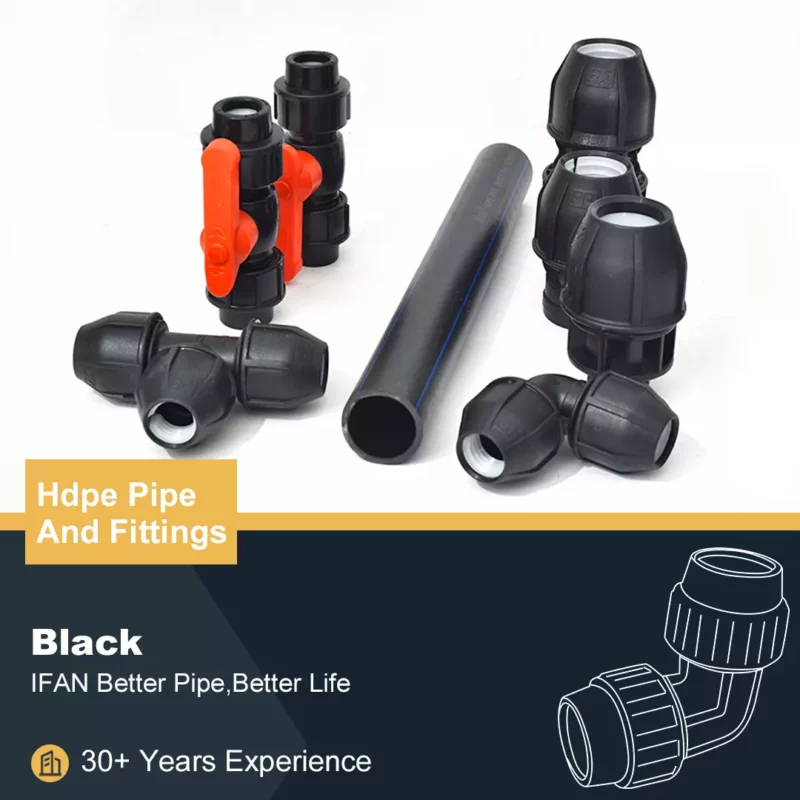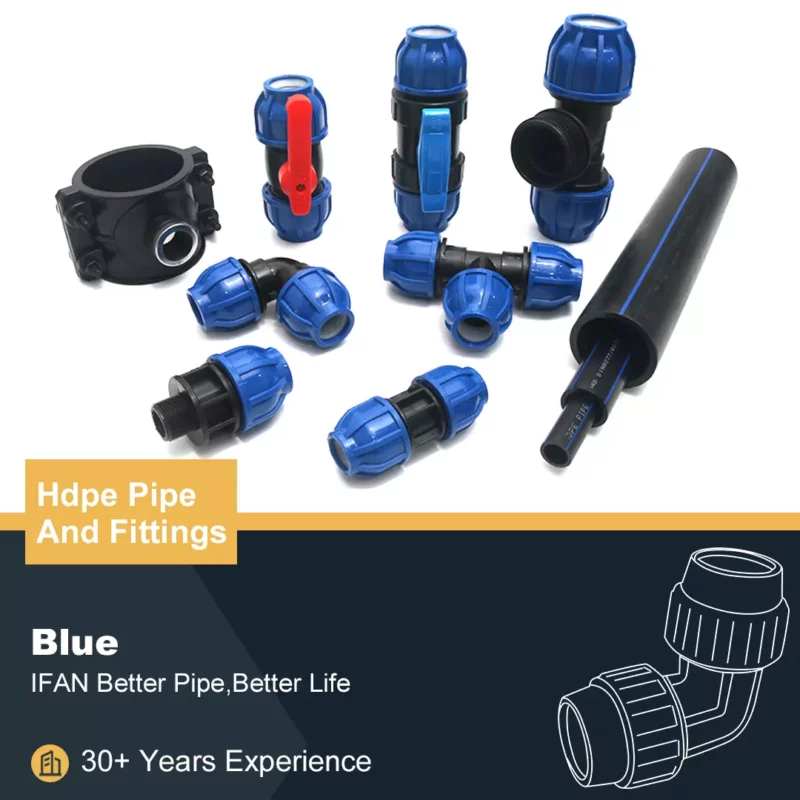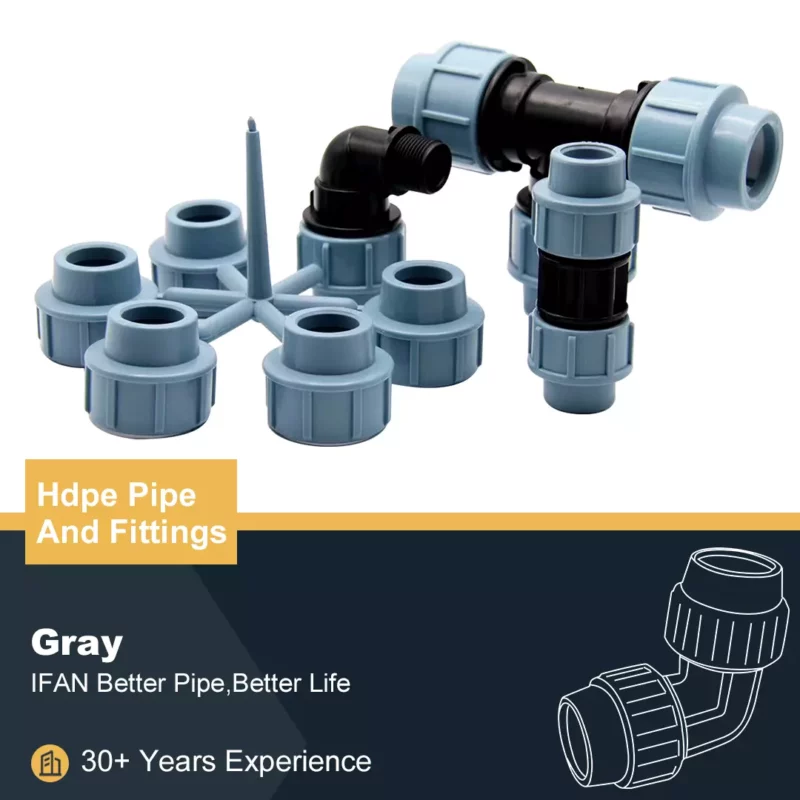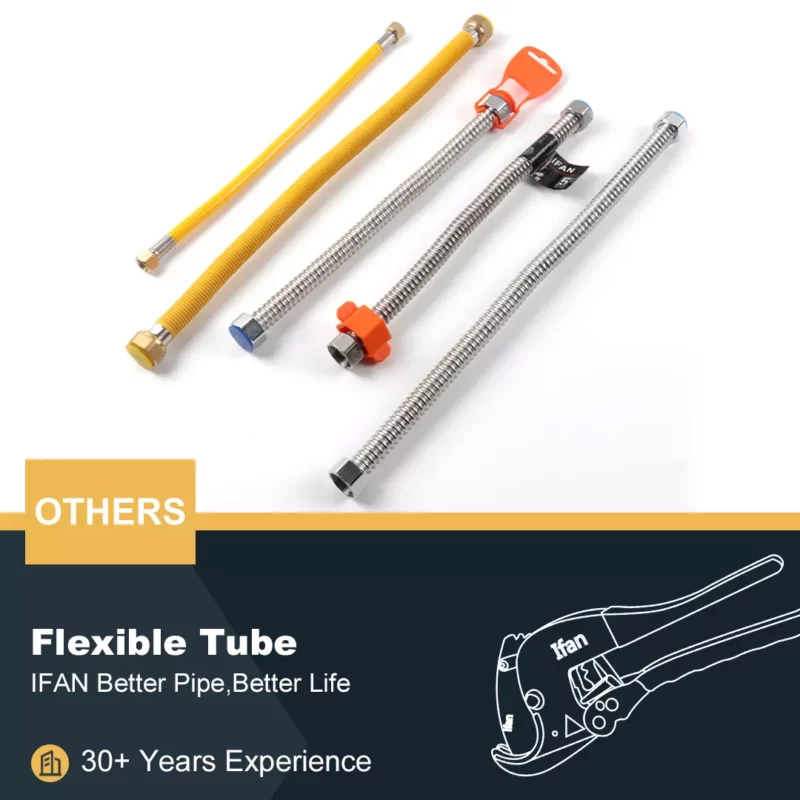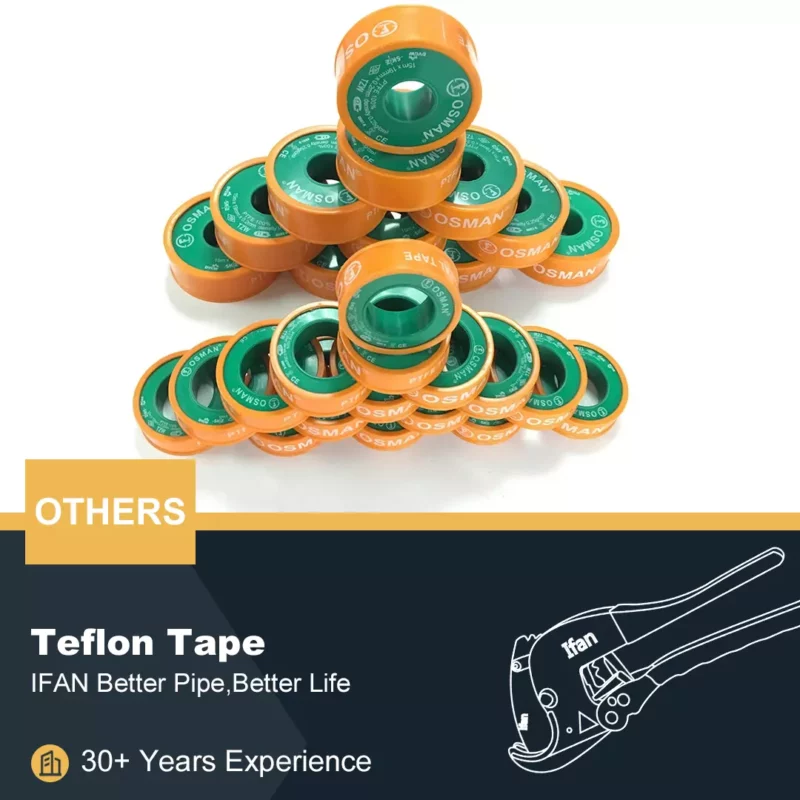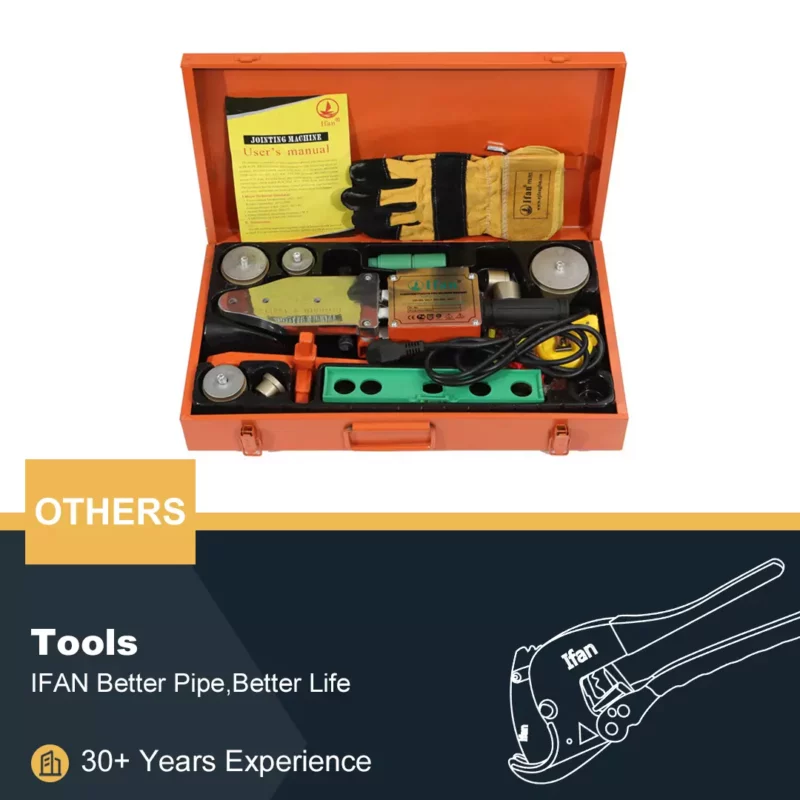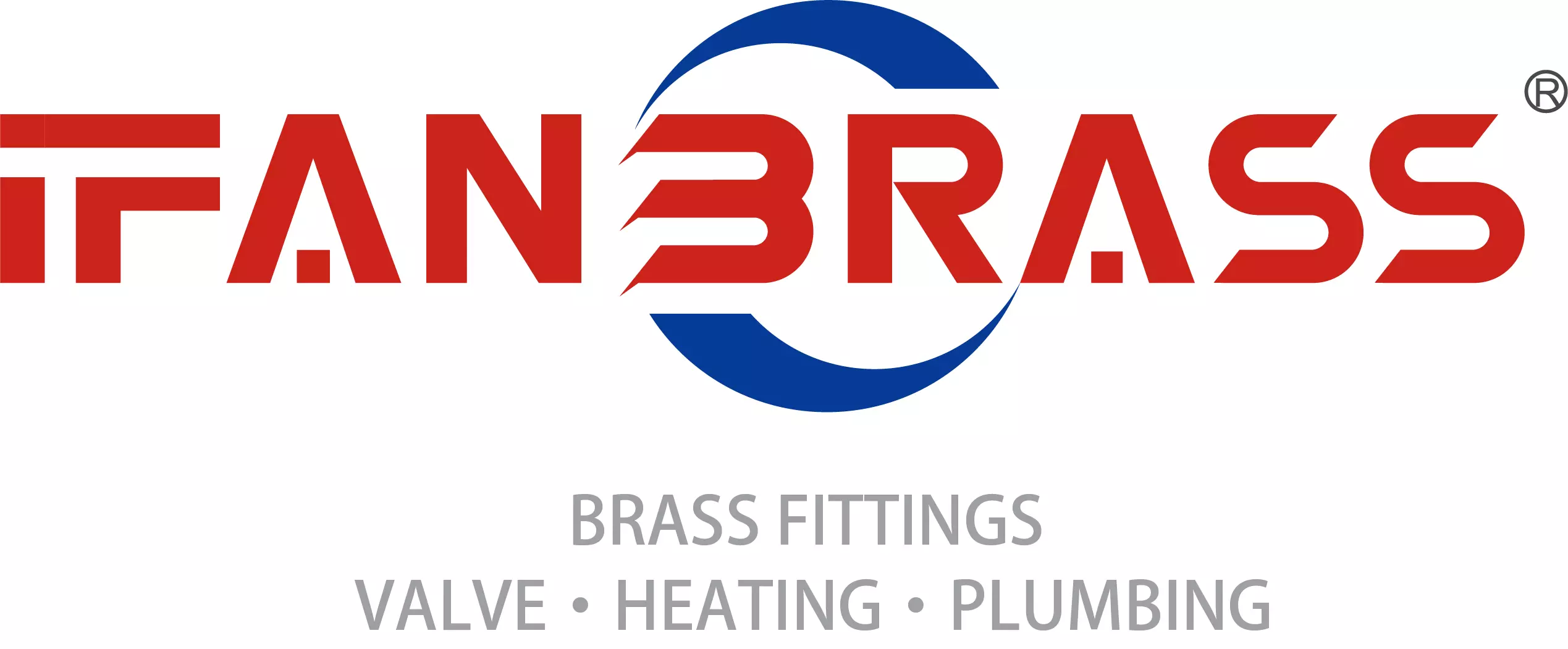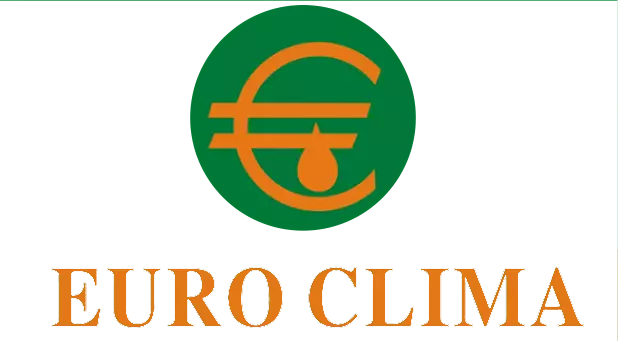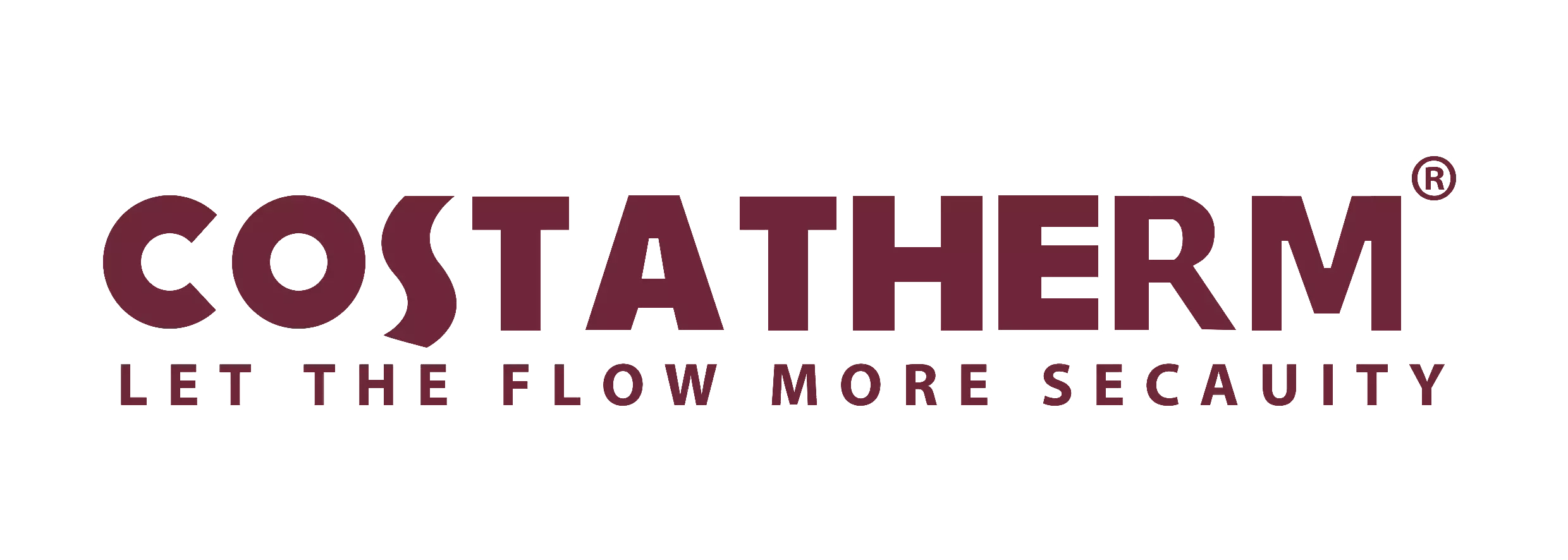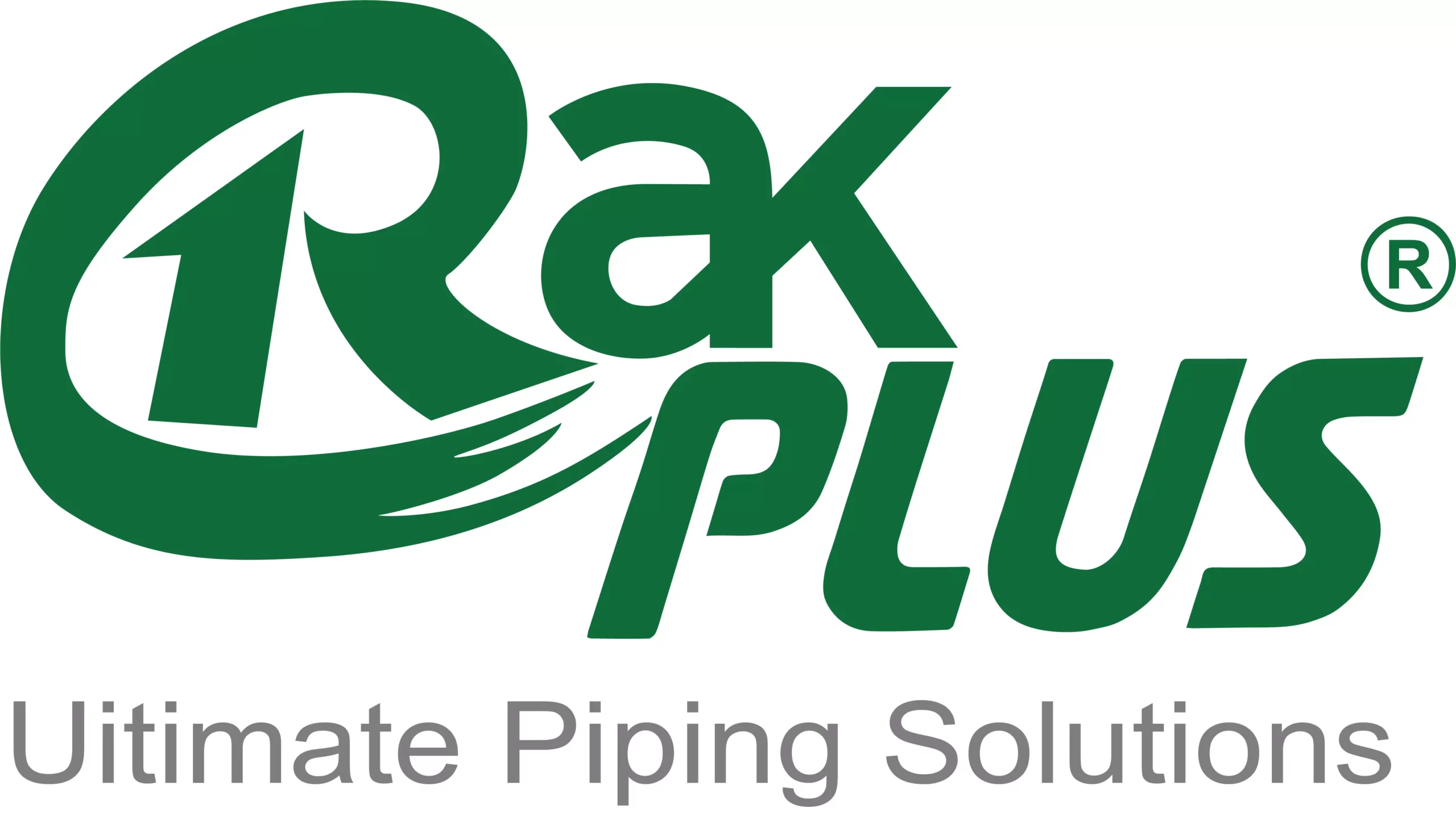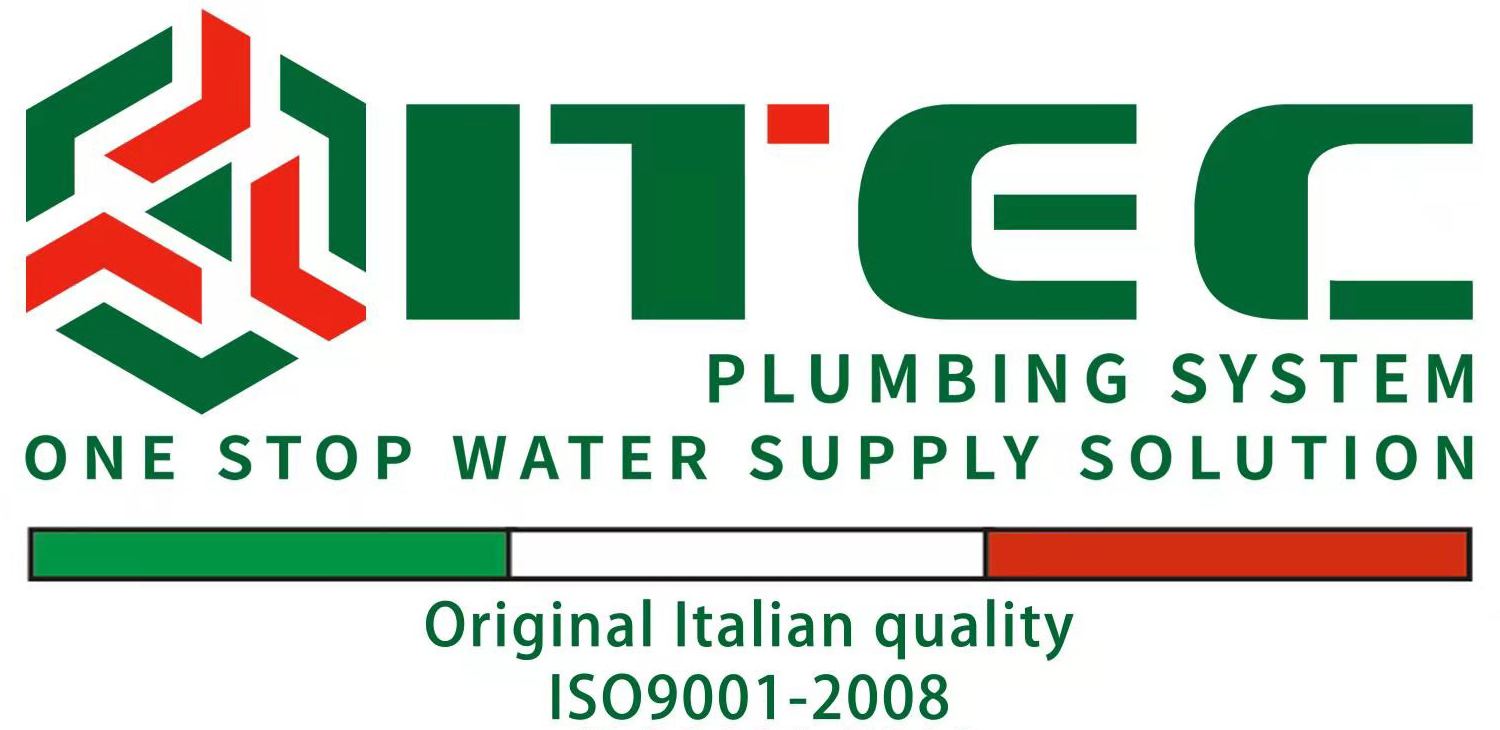PVC (polyvinyl chloride) is a widely used plastic in various industries, including plumbing. Its material properties make it an ideal choice for fittings in many applications. This article explores the key material characteristics of them, including their strength, durability, chemical resistance, and thermal properties.
Chemical Resistance
PVC fittings are known for their excellent chemical resistance. This property makes them suitable for transporting a wide range of substances, including acids, alkalis, and salts. For example, PVC fittings are commonly used in chemical processing plants and laboratories. Their resistance to harsh chemicals reduces the risk of degradation and leaks, ensuring a longer service life and lower maintenance costs. However, PVC is not resistant to solvents such as acetone or concentrated sulfuric acid, which can cause the material to degrade.
Durability and Strength
PVC fittings exhibit high durability and strength, making them reliable for various plumbing applications. They can withstand significant pressure and mechanical stress without deforming. For instance, in residential plumbing systems, PVC fittings can handle the pressure from water flow without cracking or breaking. The material’s toughness is further enhanced by its resistance to impact and abrasion, which is important in environments where fittings may be subject to physical stress. Despite their strength, PVC fittings are relatively lightweight, which simplifies handling and installation.
Temperature Resistance
PVC fittings have a limited temperature range compared to other materials. They generally perform well at temperatures up to around 140°F (60°C). Beyond this threshold, PVC can become soft and lose its structural integrity. For example, hot water systems using PVC fittings may face issues if the water temperature exceeds the material’s tolerance. In contrast, other materials like CPVC (chlorinated polyvinyl chloride) can handle higher temperatures and are often used in hot water applications. It’s essential to consider temperature limitations when selecting PVC fittings for specific applications.
UV Resistance
PVC fittings are susceptible to degradation when exposed to ultraviolet (UV) light. Over time, UV exposure can cause the material to become brittle and lose its strength. This degradation is particularly relevant for them used in outdoor or exposed applications. For instance, PVC pipes and fittings installed above ground without protection may suffer from UV-induced damage. To mitigate this issue, UV-resistant coatings or coverings can be applied, or fittings can be installed in locations where they are shielded from direct sunlight.
Flexibility and Impact Resistance
While PVC is rigid, it offers a degree of flexibility that enhances its impact resistance. This flexibility helps PVC fittings absorb shocks and vibrations, reducing the risk of cracking under sudden impacts. For example, in areas prone to ground movement or shifting, PVC fittings can accommodate minor changes in alignment without compromising their integrity. However, extreme impacts or stresses can still cause damage, so appropriate handling and installation practices are essential.
Cost Efficiency
One of the notable advantages of them is their cost efficiency. PVC is relatively inexpensive compared to metals like copper or steel, making it a popular choice for budget-conscious projects. This cost advantage extends to both the material and the installation process. PVC fittings are lightweight and easy to work with, which reduces labor costs and installation time. Additionally, their durability and low maintenance requirements contribute to long-term cost savings.
Environmental Impact
The environmental impact of them is a consideration in their material properties. PVC is a plastic that involves the use of chlorine, which can have environmental implications. However, PVC is also recyclable, and many products are made from recycled PVC. Efforts are being made to improve the sustainability of PVC production and disposal processes. Understanding the environmental footprint of them helps in making informed decisions about their use and exploring more sustainable alternatives when necessary.
Summary
In summary, PVC fittings offer several advantageous material properties, including chemical resistance, durability, and cost efficiency. They are widely used in plumbing and other applications due to their strength and reliability. However, they have limitations such as temperature sensitivity and UV degradation. Understanding these properties helps in selecting the right fittings for specific applications and ensures optimal performance and longevity. By considering the material characteristics and potential environmental impact, users can make informed choices about PVC fittings and their suitability for various projects.
If you have read this article and have any questions, please feel free to contact IFAN. Below is our contact information:
Whatsapp:+86 13373827623
Email:[email protected]

